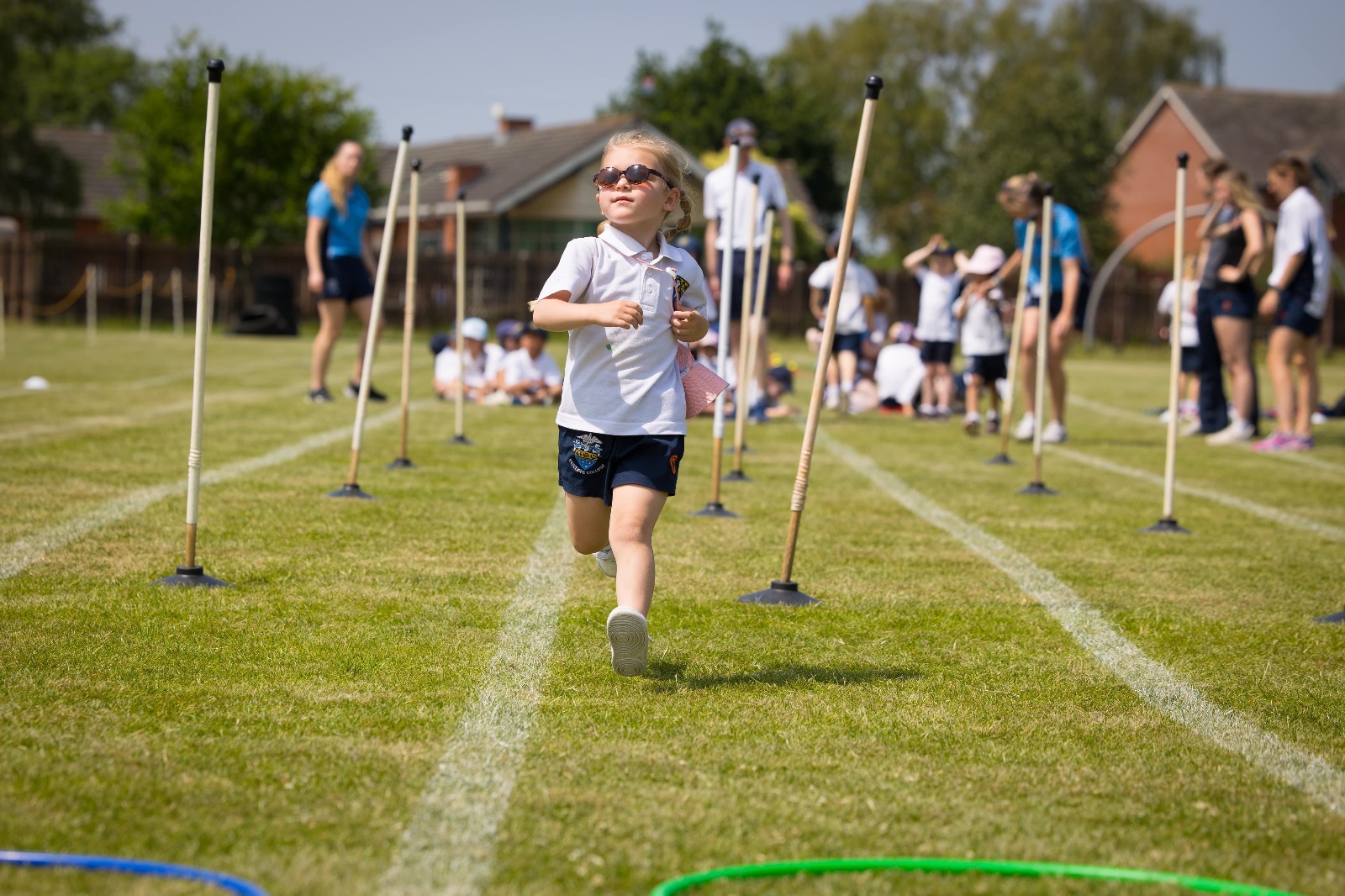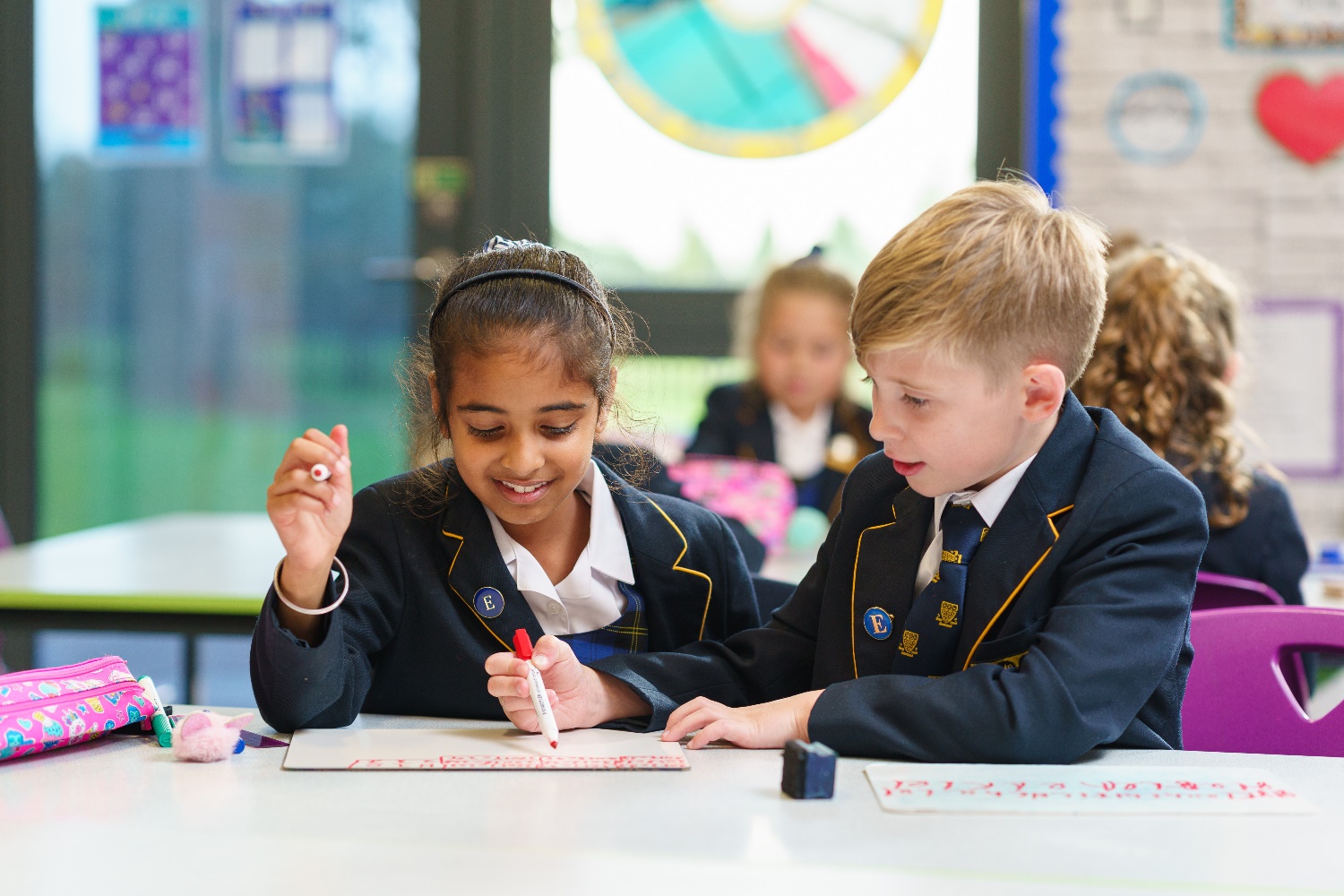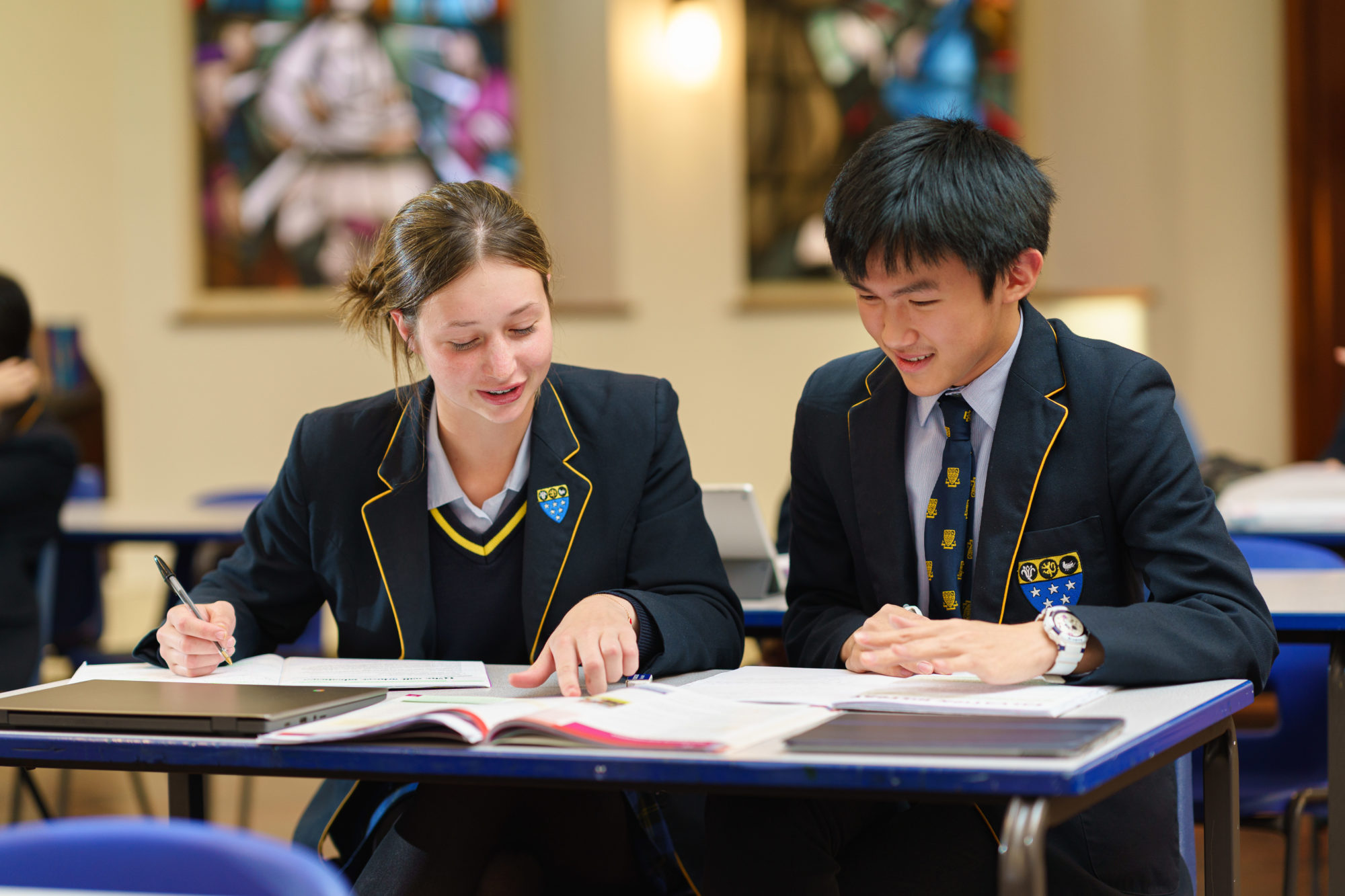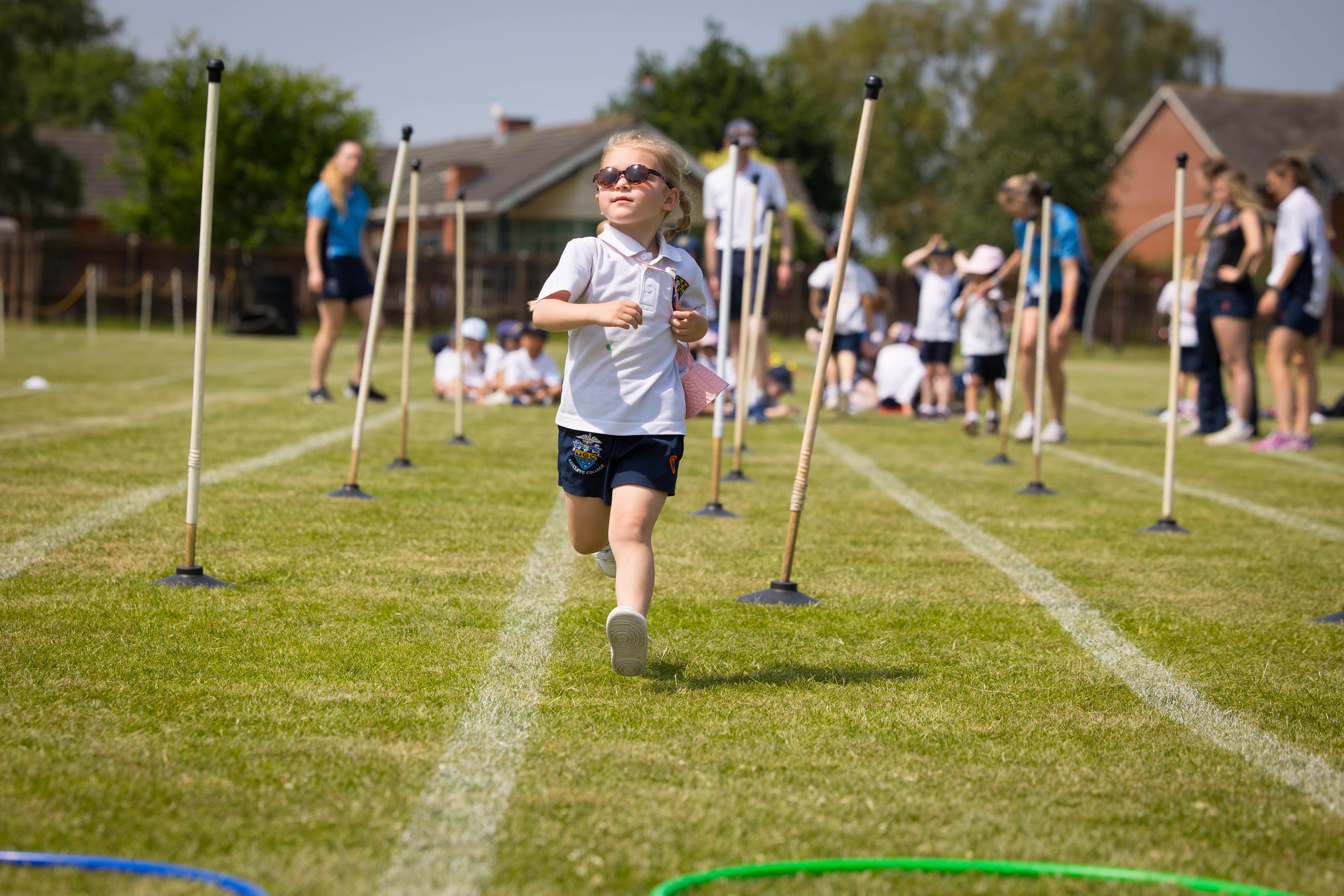Ratcliffe College was founded in 1847 by the Rosminian Fathers in Leicestershire, and initially served as a seminary before becoming a boarding school for upper-class boys. Find out more about Ratcliffe’s history from the 19th century to today in our School History timeline.
Here, Ratcliffe Journey Began
Since 1847
Ratcliffe College opened to its first two pupils on 1st June 1847, on the same day as the new chapel. Its architect, the famous AW Pugin, extended his original small 1844 building to provide more space for missionaries. The novices were moved to Shepshed and the vacated space was to be taken by boarding pupils. The staff were all clergy – and the fees were £35, a figure that remained almost unchanged until 1916.

1850-1880
In these formative years, throughout under the guidance of Father President (the title of the headmaster) Hutton, the buildings were extended to form the square and the number of boys, aged 10-18, hovered around the 120 mark. In those days the boys stayed at school for almost the whole of the academic year, September to July; the Christmas holidays were only formally established in the 1910s. A new chapel and classrooms were built in the mid 1860s.

1880s
The curriculum comprised English, Latin and Greek; French German and Italian were also taught, as well as mathematics. Science appeared in this period, as well as bookkeeping. Whole day holidays were frequent. The Ratcliffian Association was formed in 1867, one of the oldest past pupil associations in the country; and The Ratcliffian was first published in 1888. More land was purchased, what is now the 1st XI cricket pitch and the area that now includes the Prep School. Gas lighting was installed in the 1880s.
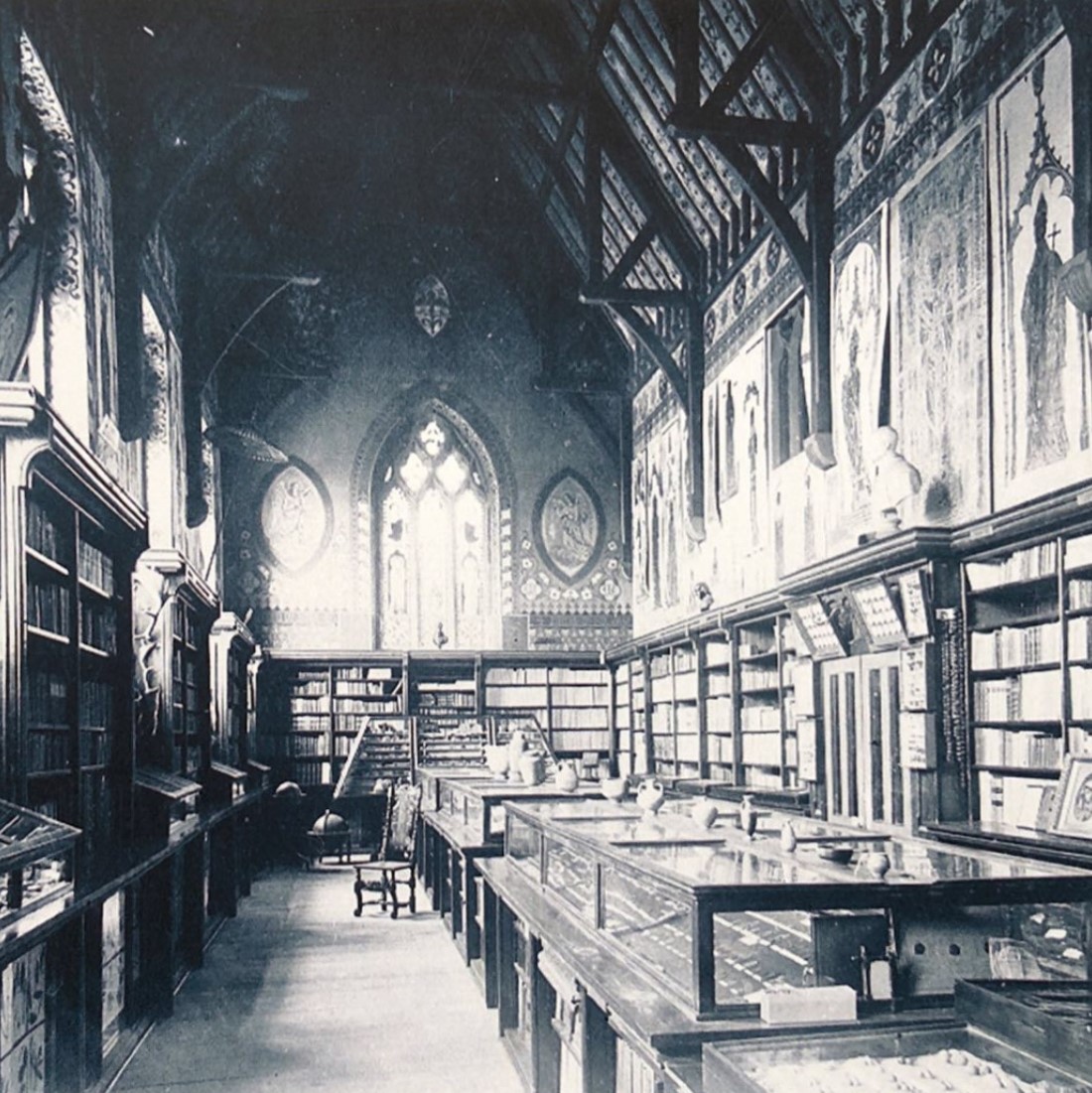
1900s
The first organised fixture with another school, a football match, did not happen until 1913, with the arrival of combustion engines and charabancs (buses). However, there was plenty of sport played before then, such as swimming and skating in and on the Wreake, Bandy – somewhat similar to hockey, cross country running, athletics, football and long walks. The House system was introduced after the Second World War – previously the boys had been divided between North and South. The oldest surviving House event is the Square Race; for many years it was run by the whole school. The cup was presented by General Jee, VC.

1913
Over the years since 1880 the College had expanded its grounds, helped in part by grants from the Ratcliffian Association. A major building project saw the completion of the north wing, with the construction of the refectory and what is now the Girls Boarding Wing in 1912-1913. At the outbreak of the War the College took in no less than thirty Belgian refugee boys. In the immediate post war years numbers slowly and gradually climbed. Plans were in place for a swimming pool and an indoor gymnasium.

1914 - 1918
The First World War marked many changes. Over fifty Old Ratcliffians were killed or died during the war, and some 350 were wounded – and this from a small school. Lay masters (two) had been employed shortly before the war and very gradually their numbers grew. An OTC (the predecessor to the CCF) was formed in 1915. Shortly after the war, all the Roman Catholic public schools adopted rugby as the major autumn and winter sport, replacing football.

1939 - 1970
The Music Hall was built – a gift from an Old Boy – shortly before the Second World War. With so many children evacuated from cities, numbers grew to well over 200: the College was full. In the years that followed academic standards rose and many new buildings were added, including the Boys Sixth Form Block and the Science Block (an extra floor was added in 1959). By the 1960s the school had 350 pupils, all boy boarders, and with a Sixth Form of 125; at least half of the teaching staff were lay people. In 1947 the College history was published to mark the centenary.

The Fire
At 5pm on 14 May 1979 a fire caused by a builder’s untended blow torch, swept through the south wing of the College. The boys had to be sent home for a week whilst temporary accommodation was erected. Coinciding with the building of the Sports Hall, well under way at that time, the necessary repairs meant that the boys Sixth Form boarding accommodation could be extended and updated.

1970 - 1996
Boarding was becoming less attractive and so it was decided to admit girls to the Sixth Form (1979) and a very limited number of day pupils. In the late 50s the College had raised the age of entrance to 13. Now it was decided (1984) to admit boys and girls, day and boarding, at the age of eleven, with the intention of extending that to the whole College. In due course a new Junior School was built (1991). The grounds had previously been extended to include the aerodrome pitches (1948), a new chapel was built to house increased numbers (1961) and new classroom blocks in 1970. In 1996 the first lay headmaster was appointed.

The 2000s
Numbers in the College were rising, particularly amongst day pupils. The College was fully co-educational by the early 1990s. In 1999 a nursery school was opened, so that education could be provided at Ratcliffe from 3 – 18. With increased numbers, so there were increased and enhanced facilities – notably a fine new Sixth Form Centre, redeveloped classroom blocks, a covered swimming pool and new changing rooms, a purpose built Prep School and sports hall and a new English Centre. By 2020 the College had some 850 pupils.

2022 and beyond
After 175 years the core of Ratcliffe, Pugin’s buildings of the 1840s, is still the physical heart of the College. From two British boy boarding pupils in 1847 to over 900, coeducational, day and boarding, international and multi-cultural pupils, with a vastly increased campus of educational and sporting facilities. Yet the ethos of the College remains firmly fixed on Antonio Rosmini’s vision of educating God’s children and helping them to find the best in each one of them.

Catholic Life and Mission
Ratcliffe College was founded in 1847 by the Institute of Charity. Our Founder, Blessed Antonio Rosmini, was renowned as an educational innovator and that spirit has propelled the College forward ever since.

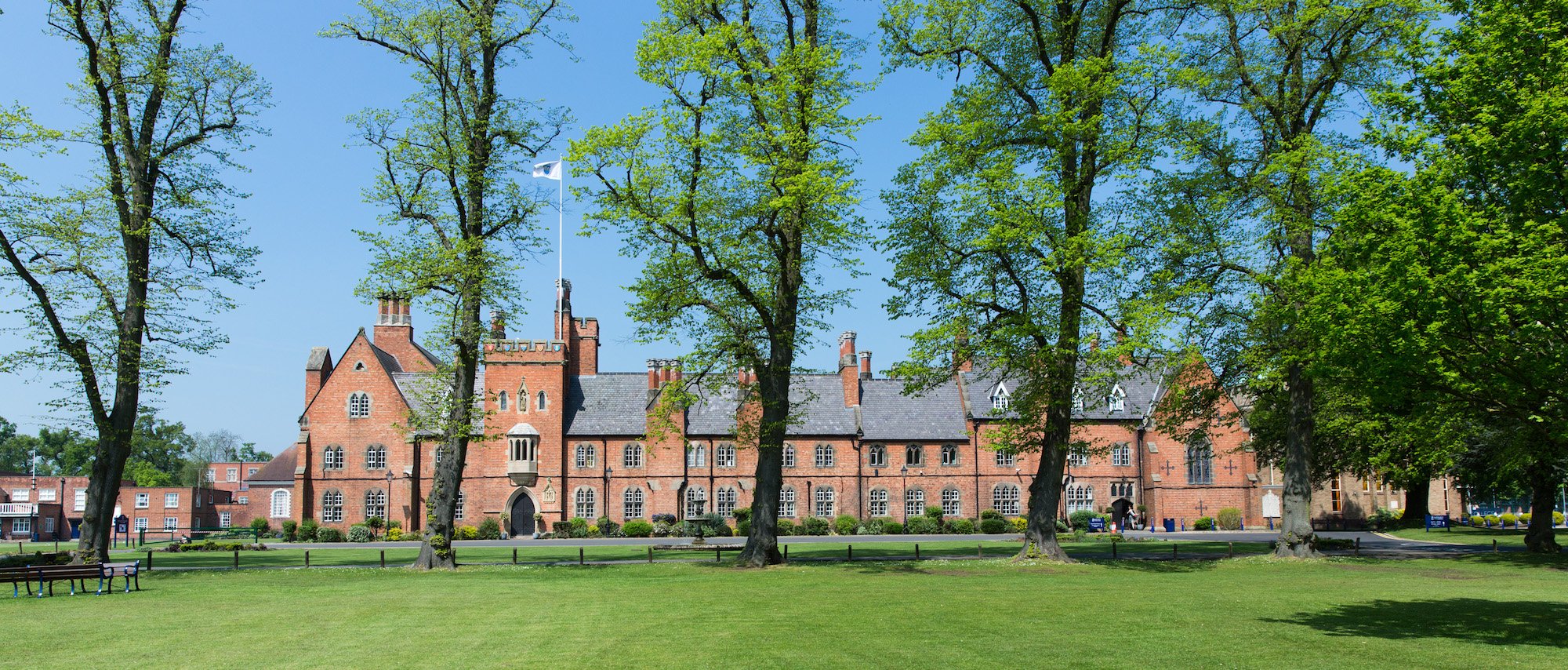
Architectural Legacy
The College ‘Victorian Gothic’ buildings were designed by Augustus Welby Pugin, who co-operated with Sir Charles Barry on the design of the Houses of Parliament. The buildings have been continuously added to, a process which continues today, preserving the glories of the old buildings whilst adding the modern teaching and learning accommodation our students now require.
Co-education was a major milestone in the development of the College. Girls were admitted to the Sixth Form in 1977 and full co-education was introduced in 1984. In 1998, a Nursery for 3-5 year-olds was opened to teach the Early Years Foundation Stage and, in 2001, the development of the Junior School for 5-11 year-olds was completed. In September 2014, a new state-of-the-art Preparatory School building was opened for our 5-11 year-olds. Interestingly, our beautiful Preparatory School was designed by David Franklin, himself a distant descendant of Pugin. Alongside our Senior School for 11-18 year-olds, these innovations mean that Ratcliffe College offers a rounded and fulfilling continuous education for students from aged 3-18 on a single campus.




